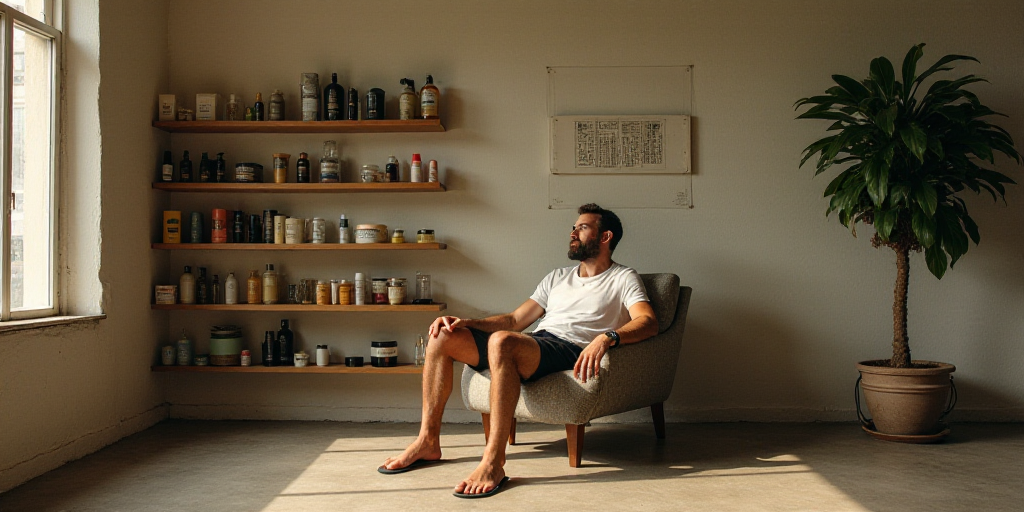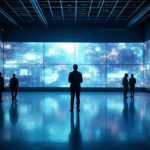About Damián Suárez
Damián Suárez is a Venezuelan artist based in Mexico City who has built a career marked by self-management and critical political consciousness. His life experiences, including structural violence, discrimination, and displacement, have been transformed into symbolic and aesthetic material. Suárez has consistently chosen to resignify pain rather than perpetuate it, adopting a poetics of power.
Art as an Active and Engaged Force
For Suárez, art is not a sanctuary but a trench. He avoids estheticizing violence or speaking from victimization, instead focusing on how to appropriate languages, spaces, and symbolic capital to invert power dynamics. This ethical and aesthetic stance forms the foundation of an active and socially committed art practice.
- His work emerges from the need to give meaning to experiences of precarity and stigmatization.
- He employs performance, installation, archiving, text, and cultural management to address historical contingencies from an intersectional perspective that connects the personal and structural.
- Each collaborative project is a political intervention that challenges hegemonies.
From the Margins
Suárez has chosen to build from the margins, invisibilized spaces filled with memory, strength, and unique language. He sees the margin as a place for enunciation rather than condemnation.
- This decision has linked him with migrant communities, racialized, and LGBTQ+ collectives, forging a network of affective and political collaboration.
- For Suárez, the body is an archive and territory, embodying both wounds and possibilities for healing.
Cultural Leader and Structure Builder
Beyond being an artist, Suárez is a cultural leader who creates structures for artistic autonomy. He has founded spaces and platforms that showcase artists outside conventional circuits, supporting collective processes with ethical and transformative vision.
- He sees no distinction between creating art and building structures for its existence; he is an artist, mediator, curator, organizer—all part of the same gesture: paving the way for “otres” (others).
- He is the founder of S.S. Galerie in Mexico City, an experimental space for critical thinking, community, and resistance that extends his studio’s work.
Spirituality and Resistance
Suárez’s curatorial line is clear, addressing urgent contingencies and amplifying marginalized voices. He has collaborated with collectives like Afrochingonas, Les Copains d’Aborde, Venezuelan diaspora organizations, and queer and racialized artists who view art as a transformative tool.
- His curatorial work transcends management; it’s an ethical and political commitment that empowers diverse and urgent narratives.
- Spirituality is a crucial dimension in his practice, seen as an ethic that maintains a center amidst social collapse.
Textile Art and Conceptual Strength
Suárez’s textile work is recognized for its technical precision and conceptual force, using kilometers of thread on wooden structures to create geometric compositions with contemplative optical effects. He explores tensions like migration, fragmented identity, and memory, giving tangible form to his critical thinking.
The Aesthetics of Power: An Ongoing Book
Currently, Suárez is developing “The Aesthetics of Power,” a book connecting Venezuelan optical-kinetic art with its use as a political legitimization symbol from the petroleum era to today. This project compiles reflections, archives, and records of collective processes, serving as a pedagogical tool for future generations.
New Projects and Perspectives
Parallel to this book, Suárez is preparing an immersive installation in a black-box building designed by Sordo Madaleno architects. This installation will explore the relationship between space, light, and perception, extending his research on power, aesthetics, and structure physically and symbolically.
- For Suárez, the margin is not precarity but potential. From vulnerability, invisibility, and collectivity, he imagines new possibilities for Latin American art, challenging hegemonic models and opening transformative paths.






